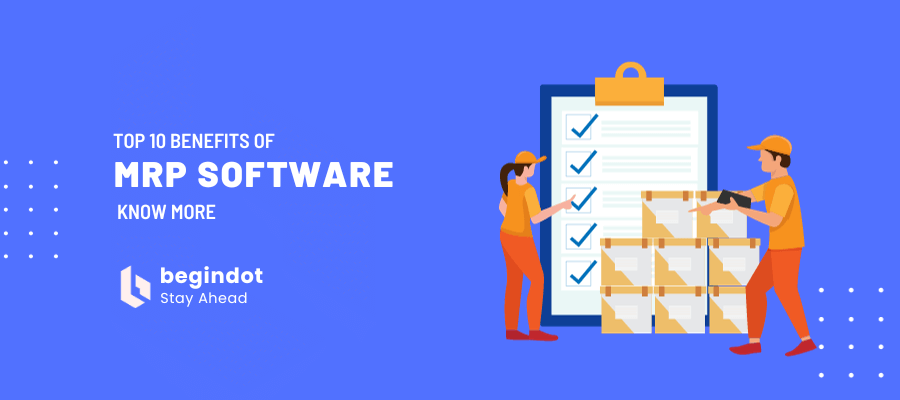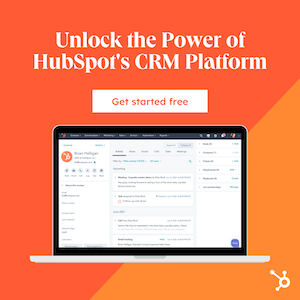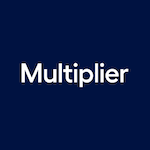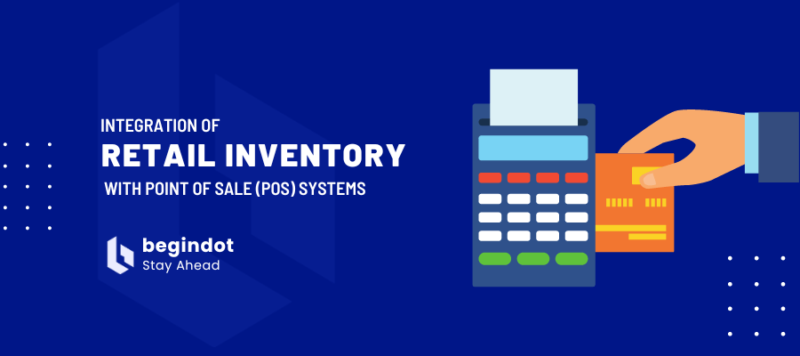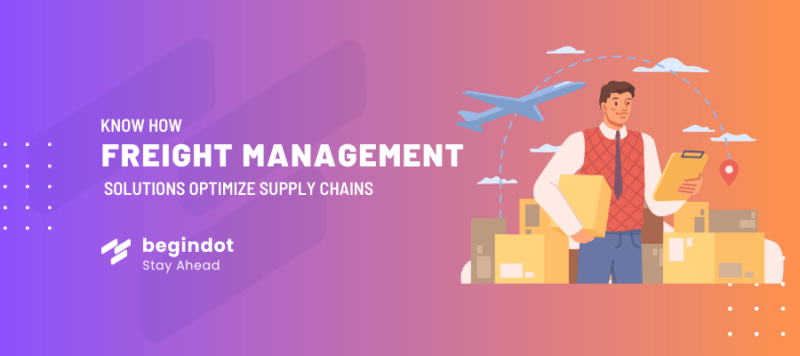In the ever-evolving landscape of modern business, the adoption of advanced technologies plays a fundamental function in enhancing operational processes. Manufacturing Resource Planning (MRP) software stands out as a cornerstone in this technological evolution, offering a myriad of benefits that contribute to increased efficiency and streamlined operations across various industries. This article provides a comprehensive primer.
1. Demand Forecasting and Planning
One of the primary advantages of the best MRP software lies in its ability to facilitate demand forecasting and planning. By analyzing historical data, market trends and other relevant variables, the software assists organizations in making informed decisions regarding production schedules and inventory levels. As a result, this minimizes the risk of overproduction or stockouts, optimizing resource utilization and reducing carrying costs.
2. Inventory Management
Efficient inventory management is crucial for maintaining a smooth and cost-effective production process. The best MRP software, such as Katana, enables organizations to keep real-time track of their inventory levels, ensuring that raw materials and finished goods are maintained at optimal levels. This prevents excessive tying up of capital and minimizes the risk of stockouts, enhancing customer satisfaction by ensuring timely deliveries. Additionally, it provides actionable insights into inventory turnover and demand patterns, facilitating strategic decision-making for future production planning.
3. Production Scheduling
MRP systems excel in production scheduling by providing a comprehensive overview of the manufacturing process. Through the integration of data from various departments, the software generates precise production schedules, optimizing the allocation of resources and reducing downtime. This results in improved production efficiency, meeting customer demands with greater accuracy and timeliness. Additionally, it promotes adaptability by allowing real-time adjustments to production schedules in response to changing priorities or unforeseen challenges, ensuring a dynamic and responsive manufacturing workflow.
4. Resource Optimization
Optimizing resources is a critical aspect of any manufacturing operation. MRP software aids organizations in efficiently allocating resources such as labor, equipment and materials. By aligning production schedules with resource availability, companies can minimize idle time and enhance overall productivity. This resource optimization dually contributes to cost savings while enhancing the overall competitiveness of each organization in the market.
5. Data Accuracy and Transparency
The accuracy of data is paramount in the manufacturing sector, and MRP software addresses this need by providing a centralized platform for data management. By eliminating manual data entry and integrating information from various departments, the software ensures data accuracy and transparency. Ultimately, this mitigates the likelihood of errors and enhances decision-making processes across the organization.
6. Improved Communication and Collaboration
Effective communication and collaboration are key components of a successful manufacturing operation. MRP software facilitates seamless communication between different departments by providing a centralized platform for sharing information. This promotes collaboration, ensuring that all stakeholders are on the same page regarding production schedules, inventory levels and other critical aspects of the manufacturing process.
7. Regulatory Compliance
In an era of increasing regulatory scrutiny, compliance with industry standards and regulations is paramount. The best MRP software assists organizations in adhering to these standards by providing tools for tracking and managing compliance-related data – this ensures manufacturing processes align with regulatory requirements, mitigating the risk of fines or legal issues. It promotes a transparent and accountable approach to regulatory compliance, instilling confidence in stakeholders and customers concurrently.
8. Cost Reduction
Cost reduction is a perpetual goal for organizations seeking to enhance their profitability; MRP software contributes to this objective by optimizing various aspects of the manufacturing process. From inventory management to resource allocation, the software identifies opportunities for cost savings, ultimately improving the bottom line for businesses. Additionally, it fosters a culture of fiscal responsibility and efficiency throughout the organization going forward.
9. Enhanced Customer Satisfaction
Meeting customer demands with precision is a hallmark of successful manufacturing, and MRP software plays an integral role in achieving this goal. By ensuring timely deliveries, minimizing production errors, and maintaining optimal inventory levels, organizations can enhance customer satisfaction. This ultimately fosters customer loyalty and contributes to the long-term success of the business.
10. Scalability
As businesses grow and evolve, the requirement for scalable solutions becomes increasingly critical. MRP software is designed to scale alongside the organization, accommodating increased production volumes and expanding product lines; this scalability ensures that the software remains a valuable asset as the business undergoes growth and transformation. Moreover, it promotes operational efficiency and adaptability in the face of changing market dynamics.
Concluding Remarks
In conclusion, the adoption of MRP software brings a myriad of benefits to organizations, ranging from enhanced demand forecasting and planning to improved customer satisfaction. By optimizing various aspects of the manufacturing process, these systems contribute to increased operational efficiency, cost reduction and overall competitiveness. As businesses continue to navigate the complexities of the modern market, MRP software stands as a valuable tool in the pursuit of sustainable and streamlined manufacturing operations.

